Vote for your favorite phone of the first half of 2019 here!
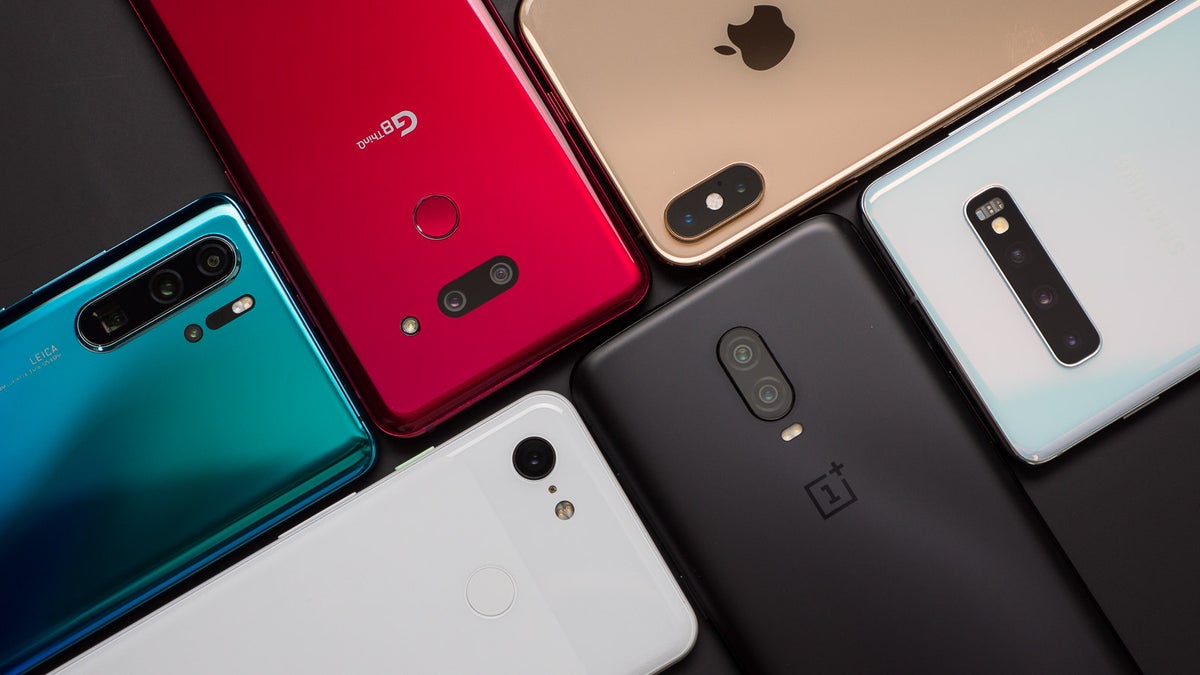
The first half of the year is almost over, at least all the major new announcements have already happened, and this means that it's a good time to take a look back at all the new phones released throughout this period: we've had new Galaxies, new LG phones, new Google Pixels, something new by OnePlus and quite a few other launches.
And with so many great phones fighting for your attention and hard-earned dollars, we were wondering: which one is your favorite?
In the poll right below you will find all the major new flagship phones and a few other phones that we find to be notable. We could not include every single new device out there and a few otherwise impressive mid-range offerings like the new Samsung Galaxy A series are not included in the list, but do feel free to let us know your thoughts about these phones in the comments section.
With all of this in mind, here are all the major new launches of the first half of 2019. Which one is your favorite?
Asus Zenfone 6
Read our full Zenfone 6 review here
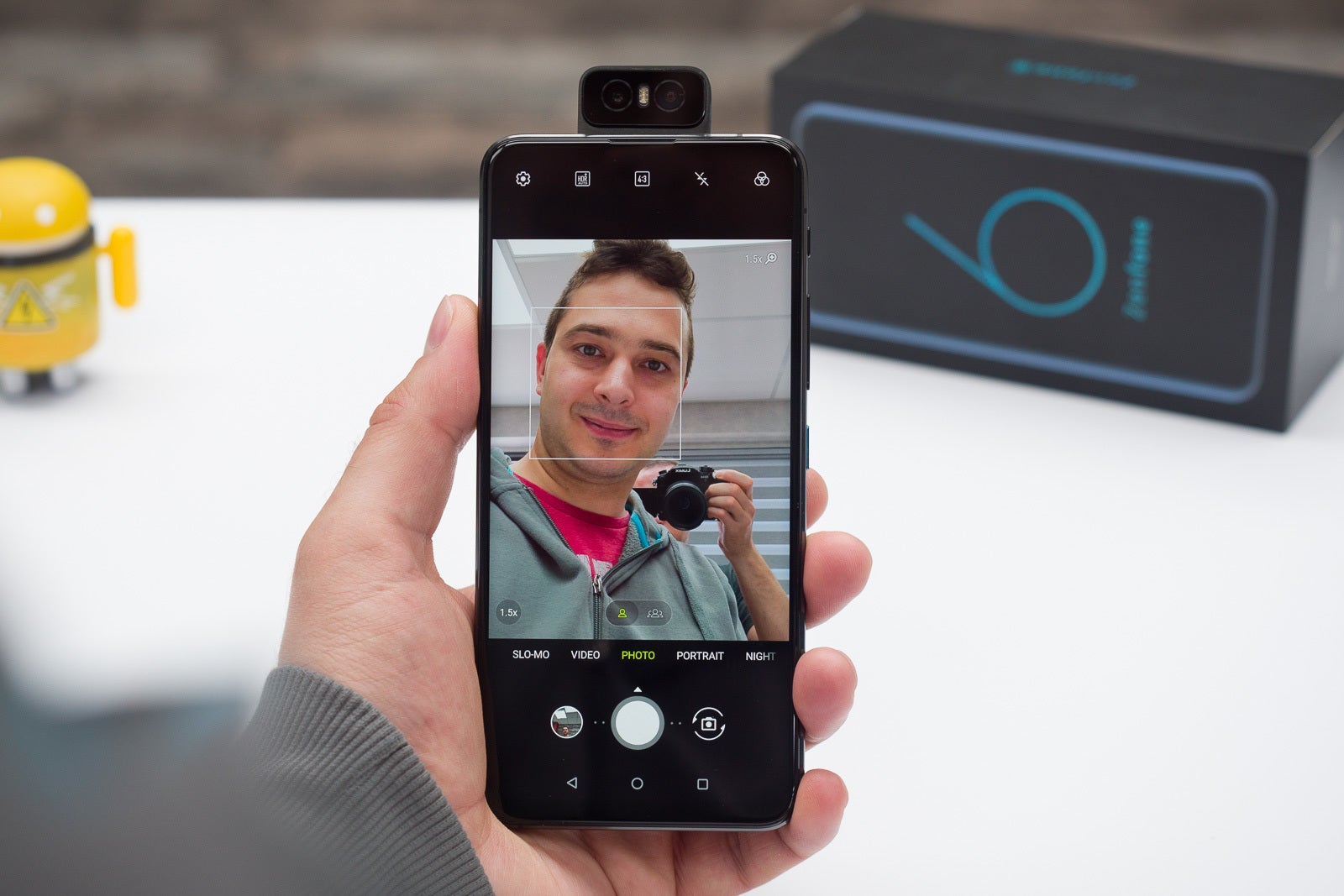
Here is an excerpt from our full review:
"The Asus ZenFone 6 is a strange beast, and I mean that in a good way. It is a fast phone that offers great specs, clean software, and excellent battery life at a highly competitive price. It's not a phone I would recommend to my mom, but I'm sure that an Android enthusiast would be thrilled to get their hands on one of these.
But as any other phone, the ZenFone 6 isn't perfect, and its weakest link appears to be the camera experience. It's not like its photos are bad. It's just that the camera's HDR software tends to produce images with a flat, over-processed look, and it's a look not everyone might like. This is why I'd recommend picking up a Pixel 3a XL over the ZenFone 6 if image quality is your top priority. At least that's the case right now. I'm sure that the ZenFone 6's hit-or-miss camera performance can be improved at some point in the future with a software update.
At the end of the day, the ZenFone 6 is the most peculiar phone I've reviewed in a long while, and I find it hard to let go of it. It may not be the best phone on the market, but it is certainly one of the best $500 phones out there."
At the end of the day, the ZenFone 6 is the most peculiar phone I've reviewed in a long while, and I find it hard to let go of it. It may not be the best phone on the market, but it is certainly one of the best $500 phones out there."
Google Pixel 3a
Read our full Pixel 3a review here
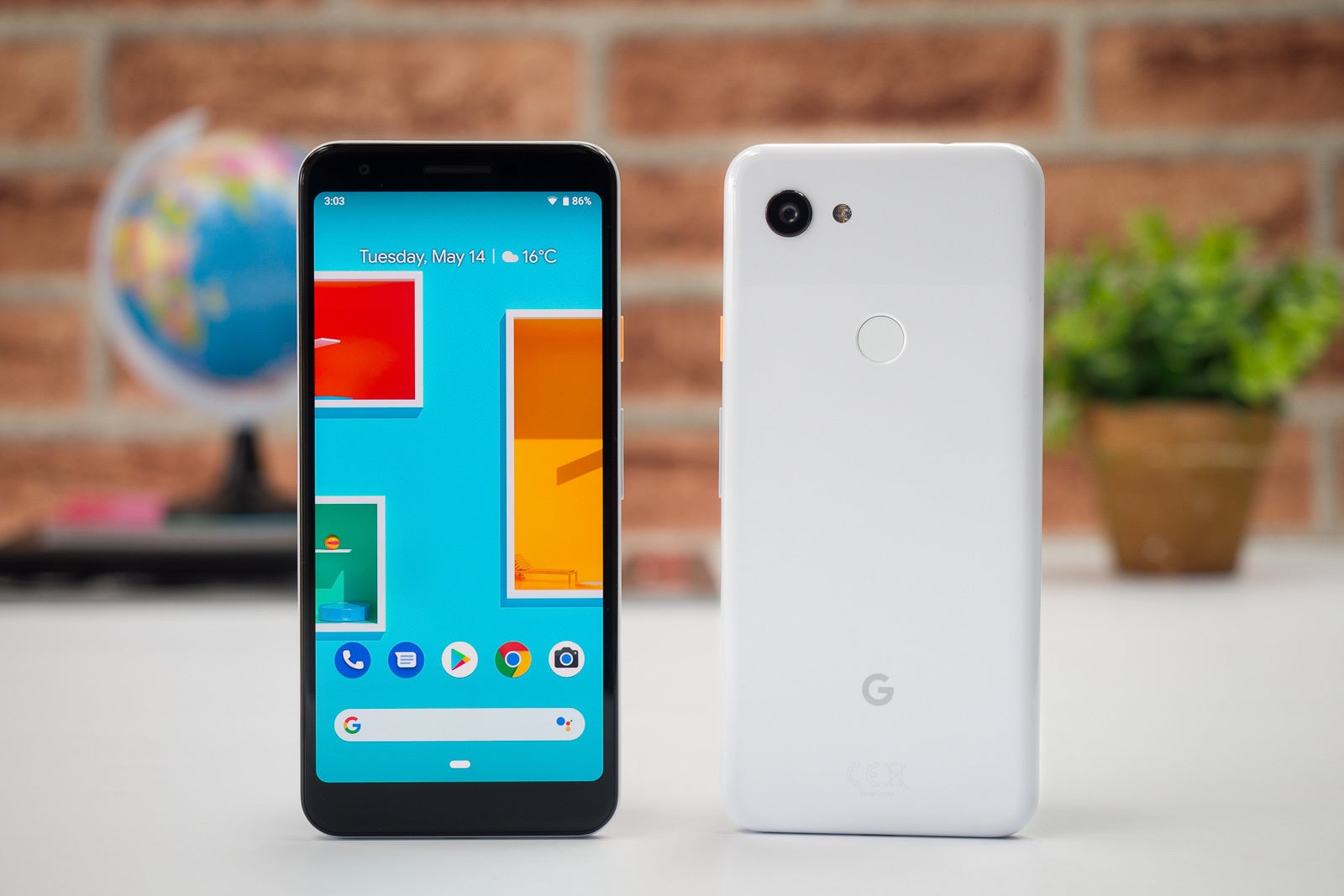
The Pixel 3a is a revelation for those looking for a great camera in an affordable smartphone. Such a thing simply did not exist before the 3a: all other phones in this budget segment make a big compromise with camera quality, while the Pixel 3a pretty much has a camera that can match and even beat the one on $1,000 flagship phones.
For all else, this is a phone that is made by Google and that runs on a clean Android, plus you get a guarantee that it will receive major software updates the moment Google releases them to the public, so you will not need to wait for months and years like with other Android phones.
How did Google achieved all of this in a budget model? It used a mid-range chip that is not quite as fast as a flagship, so opening apps feels a few moments slower, but this phone definitely does not feel slow per se.
Google Pixel 3a XL
Read our full Pixel 3a review here
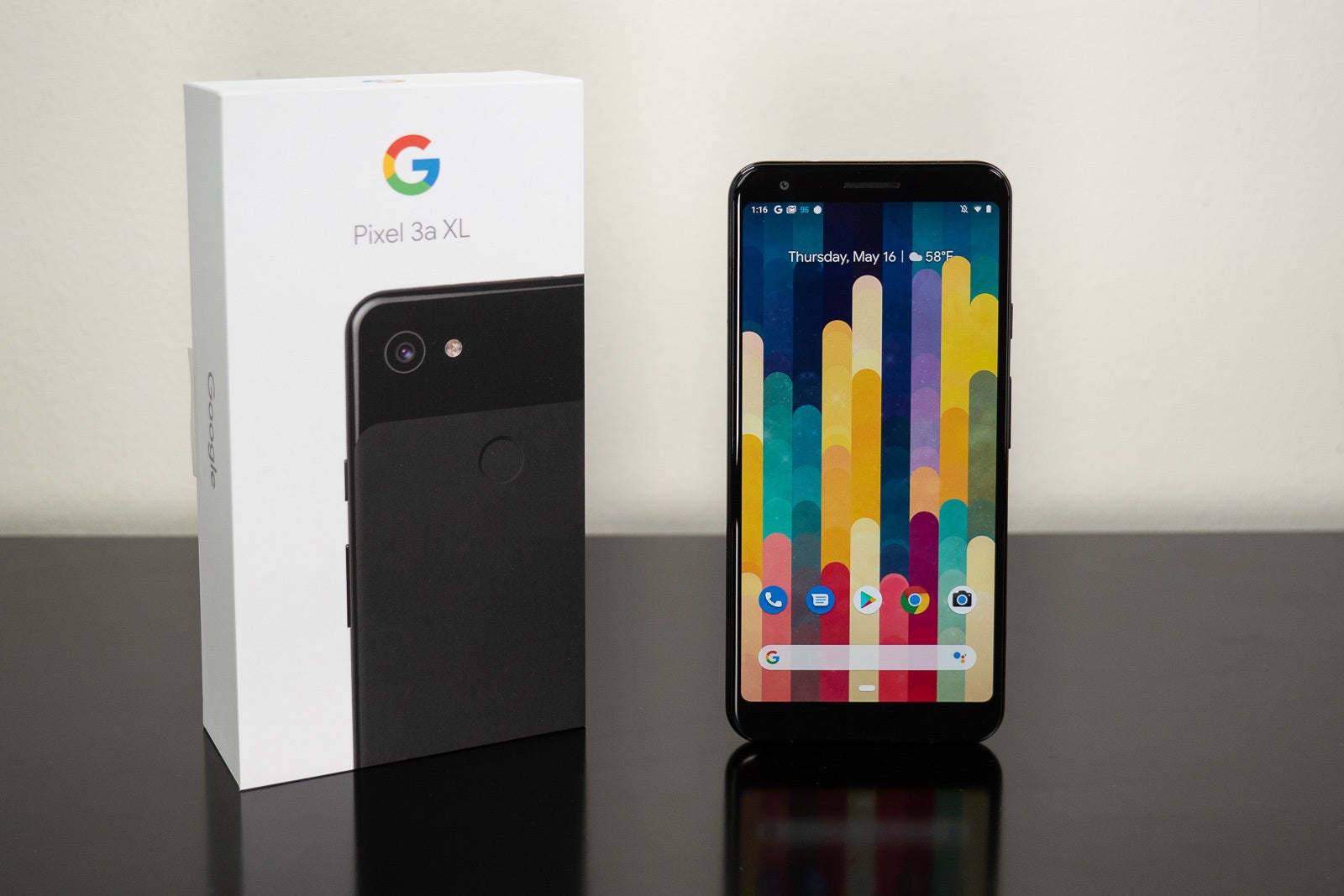
The larger version of the Pixel 3a, the XL model comes with a 6.0-inch display (compare that to a 5.6" screen on the smaller one) and it also has a bigger battery, but for all else this is the same formula, just in a larger physical form factor.
Honor 20 Pro
Read our full Honor 20 Pro review here
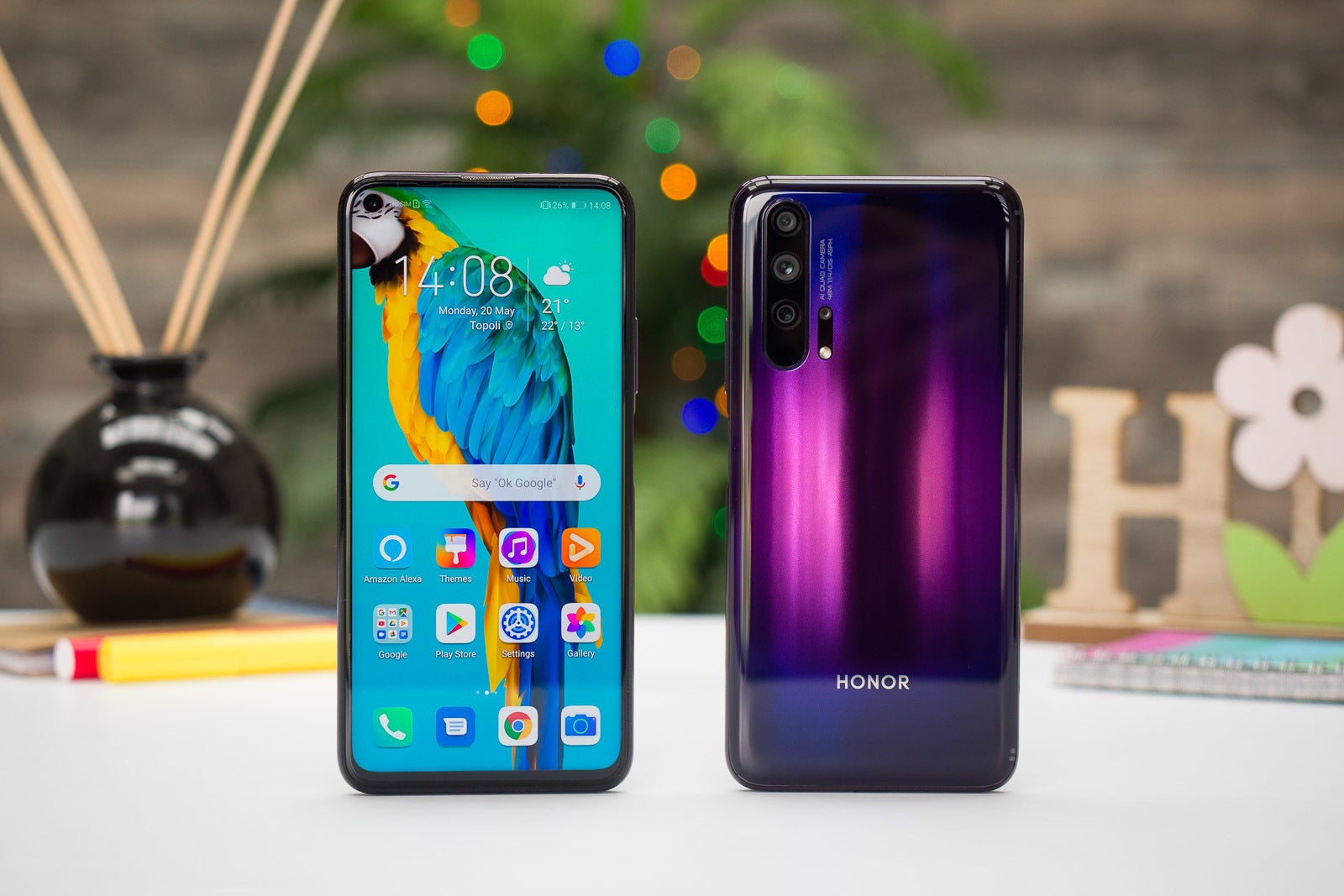
Here is an excerpt from our full review:
"All in all, the Honor 20 Pro ends up being something like a more affordable version of Huawei’s flagships. Honor is not likely to sell this phone in the United States, but it will bring it to Europe and the UK, and the price is set at 600 euro, less than the price of a OnePlus phone, which is definitely very competitive.
The Honor 20 Pro does not quite have the camera chops of the P30 Pro, nor the vibrant AMOLED screen, and it lacks a few of the tricks like an in-screen fingerprint scanner, but it gets most things right: the long battery life, an LCD screen that still looks very good, the fast and smooth performance, and certainly - the looks.
The big question here is called Google and Android. If Google does indeed cut Honor’s access to Android, this means no future software updates, and this is a real problem. Our advice? Wait it out for a few months and only then consider buying this phone."
The big question here is called Google and Android. If Google does indeed cut Honor’s access to Android, this means no future software updates, and this is a real problem. Our advice? Wait it out for a few months and only then consider buying this phone."
Honor View 20
Read our full Honor View 20 review here
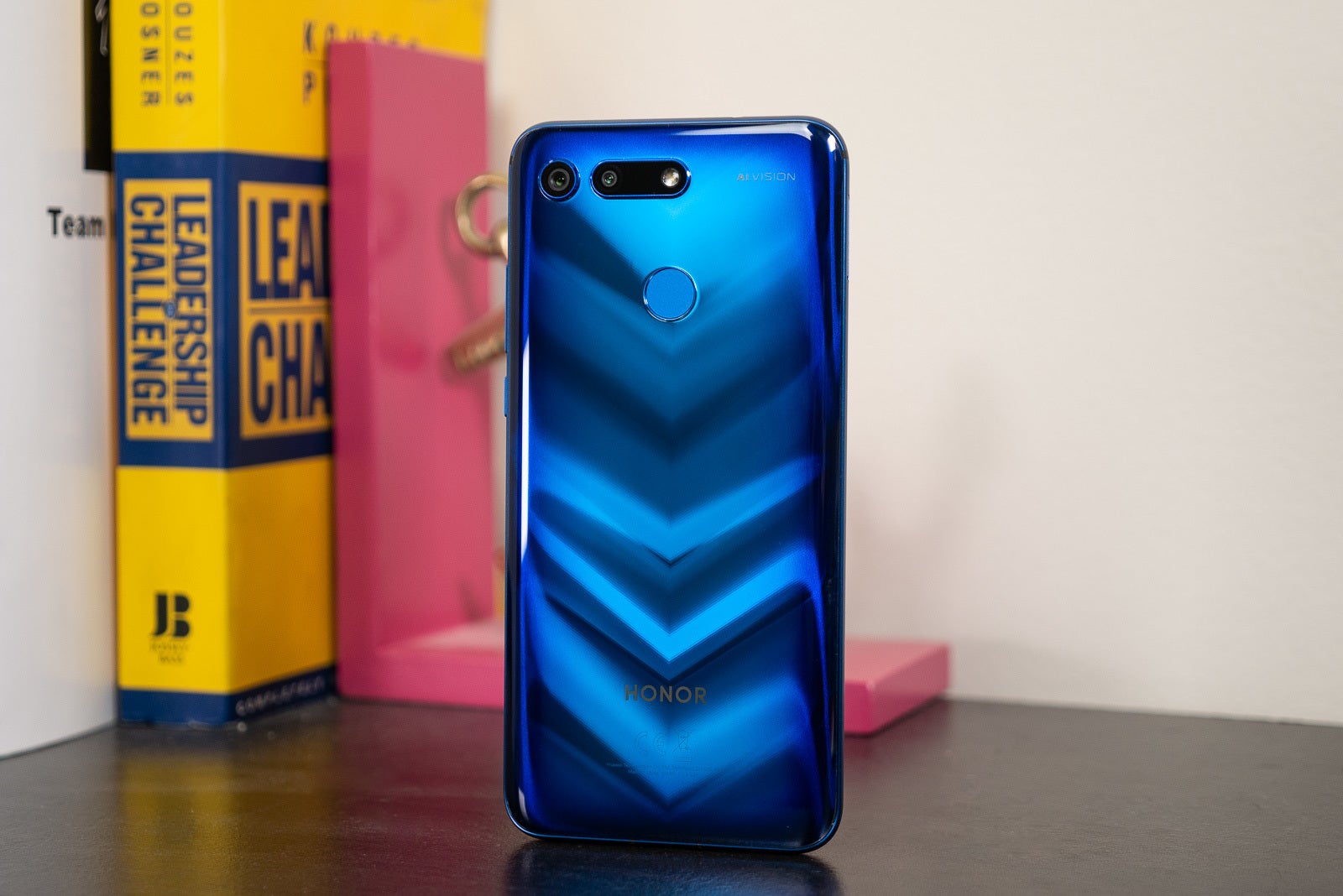
Here is an excerpt from our full review:
"The Honor View20 is exactly where it needs to be. Priced at 570 euro across Europe and 500 GBP in the UK, it is competing in the same affordable flagship range where OnePlus has found success in the last few years. The Honor View20 is a fantastic rival that boasts an attractive premium design combined with solid all-around performance. Its biggest drawback – from a US buyer's perspective, at least – would be that for now, the phone isn't officially available in the US.
Indeed, the in-screen fingerprint sensor of the OnePlus 6T is cool and forward-thinking, but we find the Honor View20 offers an equally complete package with its inclusion of a standard headphone jack, hole-punch display, IR blaster, and extended desktop experience. For about the same price you’d pay for the OnePlus 6T, you’re getting more features included with the Honor View20. It’s a good phone to snag if you don’t have the disposable income to spend on those ultra-premium smartphones around the $1,000 mark."
Huawei P30 Pro
Read our full Huawei P30 Pro review here
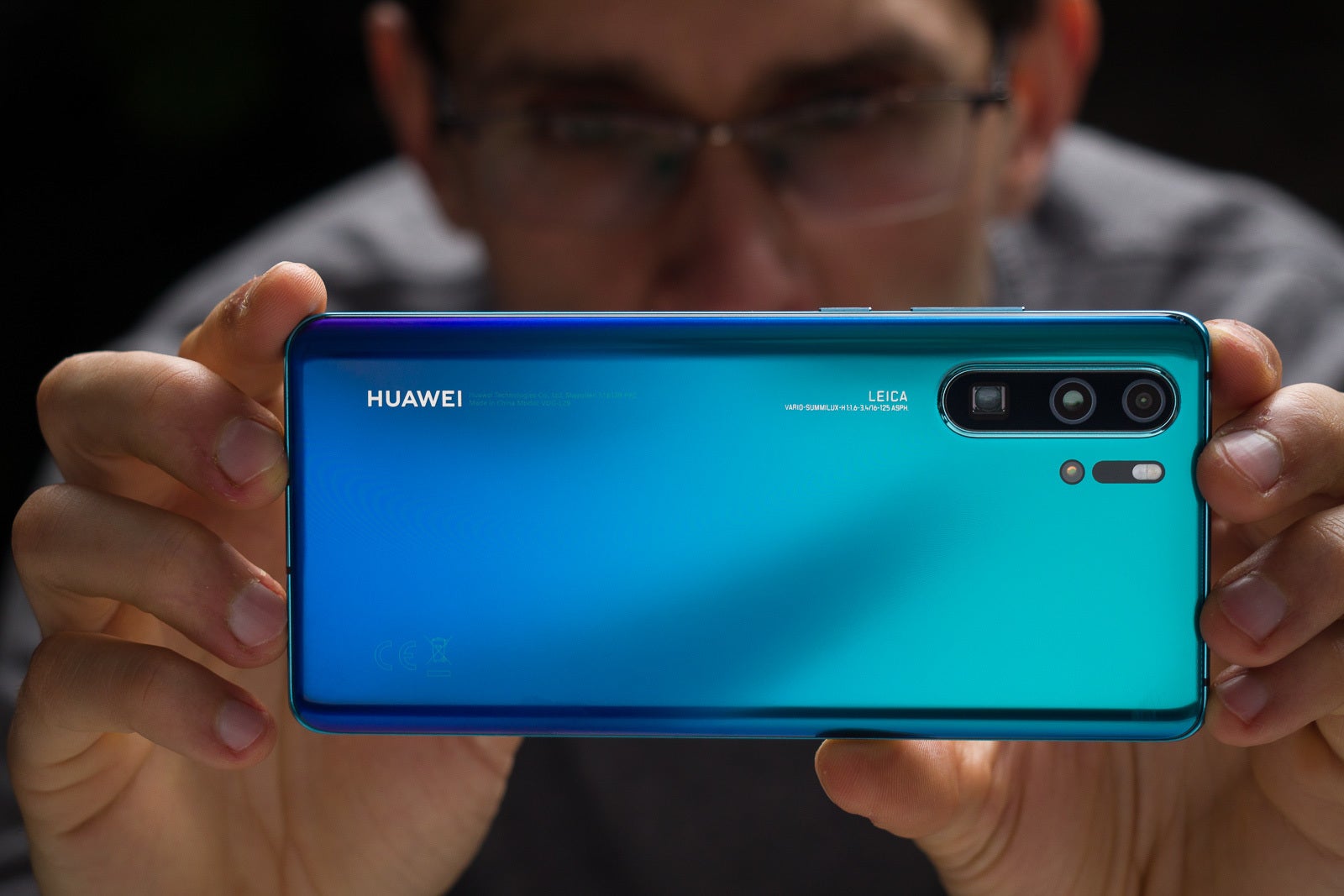
Here is an excerpt from our full review:
"The Huawei P30 Pro is a flagship-level, $1,000 phone with a good-looking design, somewhat quirky interface, fast performance, great specs, outstanding battery life, and a camera that captures good-looking photos most of the time and that brings a revolution in terms of being able to zoom 5x times or even 10x times, as well as in capturing photos in pitch black environments. If you have a kid and you want to take pictures of it playing sports, the zoom functionality would be super handy!
The P30 Pro also has the fastest in-screen fingerprint scanner we have ever used (which is still not as fast or as reliable as a traditional fingerprint reader) and the fastest charging on a mainstream phone.
There are a few things, however, you should know before buying it: first, if you live in the US, you can only get it via smaller importer shops; it will only work on AT&T and T-Mobile, and you will not get a warranty. And secondly, in the light of the recent ban on Huawei by the US, it is wise waiting to see how the future shapes up to be for Huawei before buying a phone that might not get proper software support at all."
The P30 Pro also has the fastest in-screen fingerprint scanner we have ever used (which is still not as fast or as reliable as a traditional fingerprint reader) and the fastest charging on a mainstream phone.
LG G8 ThinQ
Read our full LG G8 ThinQ review here

Here is an excerpt from our full review:
"The new LG G8 is a well-rounded Android phone with a good-looking screen, the fast Snapdragon 855 chip, and a capable set of cameras. We're also glad to see that LG stuck with a classic fingerprint reader and paired it with reliable facial recognition. In-screen fingerprint readers may look cool and futuristic, but they're simply not good enough yet to prefer over a classic solution.
What I find perplexing is that LG chose to launch the G8 with Hand ID and Air Motion gestures instead of scrapping these ideas while they were still on the drawing board. Both these features feel half baked and largely unnecessary, not to mention that featuring such gimmicks so heavily in promotional materials could have an alienating effect on potential buyers.
Moto G7 series
Read our full Moto G7 series review here
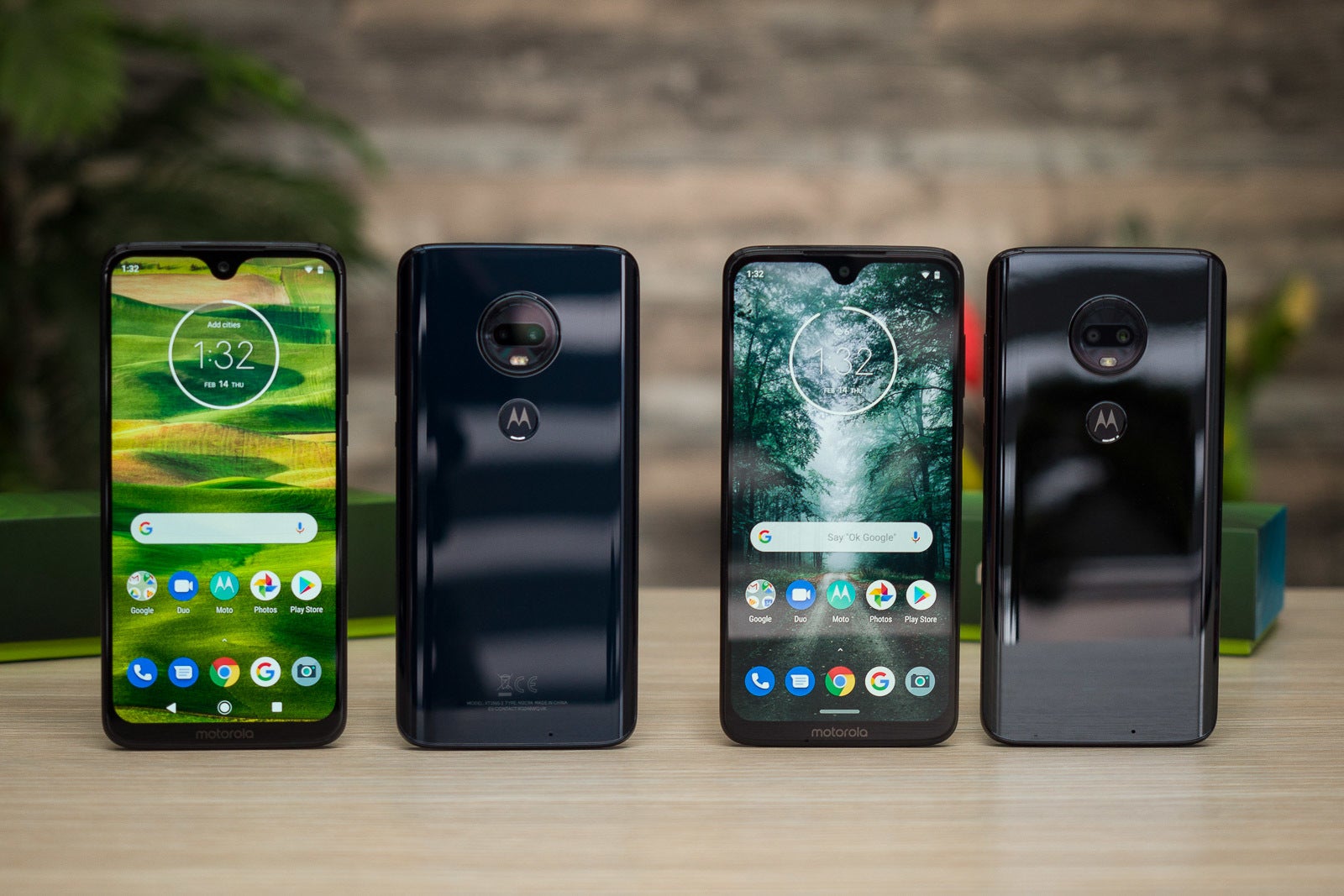
Here is an excerpt from our full review:
"The Moto G7 at its $300 price is good value for the money and while it does not push the envelope with some unthinkable specs like, say, the Pocophone F1, it is a safe and reliable choice. Performance is zippy, the software is clean, the display is decent and the camera can take some good shots during the day. This is a budget workhorse that we can easily recommend.
The G7 Plus will not be available in the US and that’s a bit of a shame because it’s slightly better than the G7. We are particularly appreciative of the brighter screen that makes using the phone outdoors, and it’s also got a noticeably sharper and better-performing camera than the rest of the bunch, so overall it provides a lot of improvements. It’s slightly faster than the others as well. Altogether, this is another easy recommendation for those on a budget.
Overall, Moto is not doing anything extraordinary, but it does not need to: the new Moto phones are an evolution in terms of design with thinner bezels and more stylish looks, they are faster with the Snapdragon 6xx series of chips, and they work reliably, with a clean and likeable interface."
The G7 Plus will not be available in the US and that’s a bit of a shame because it’s slightly better than the G7. We are particularly appreciative of the brighter screen that makes using the phone outdoors, and it’s also got a noticeably sharper and better-performing camera than the rest of the bunch, so overall it provides a lot of improvements. It’s slightly faster than the others as well. Altogether, this is another easy recommendation for those on a budget.
Nokia 9 PureView
Read our full Nokia 9 PureView review here
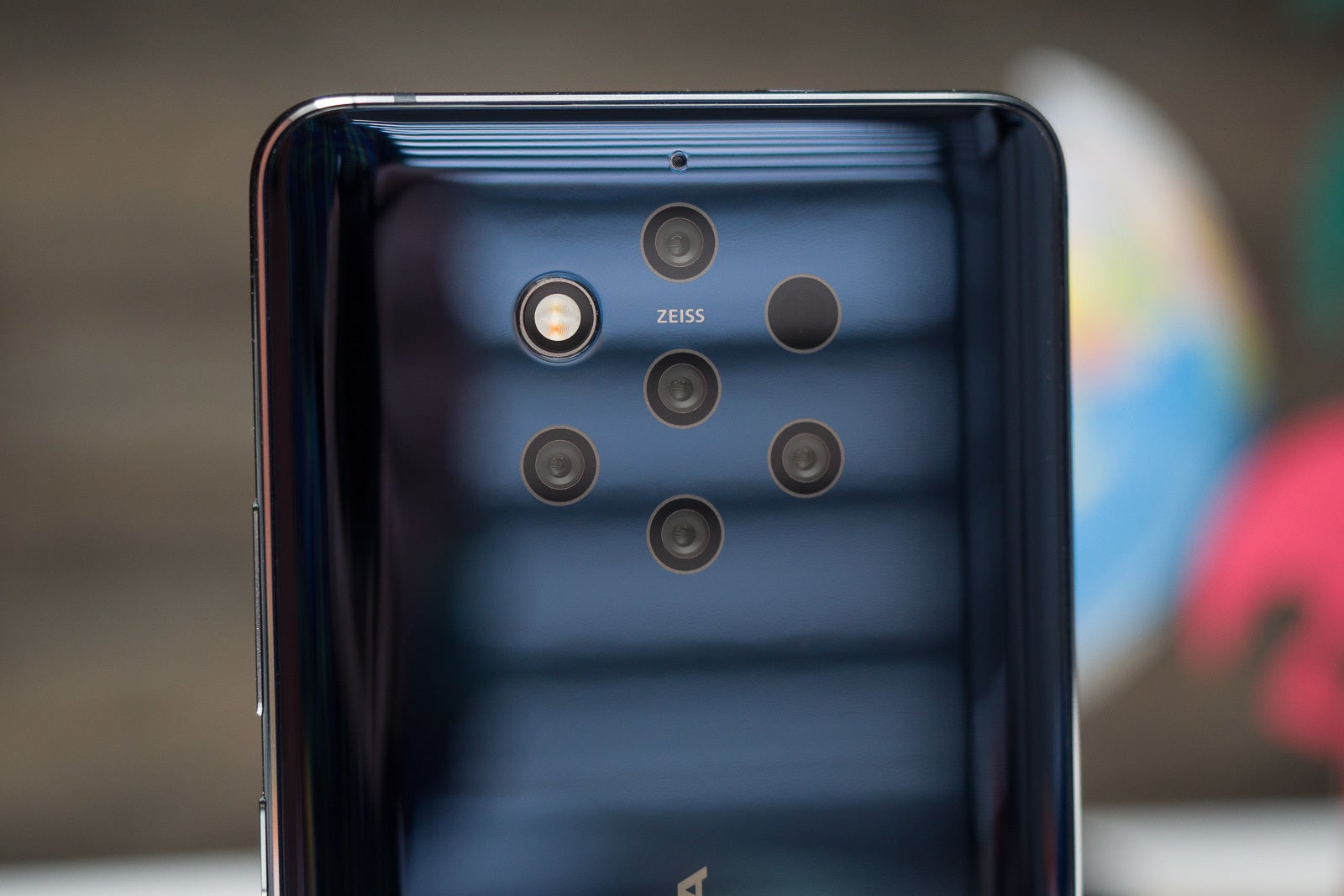
The Nokia 9 PureView comes with an innovative penta-camera rear system that is supposed to give you unprecedented freedom and capture images previously unseen on a phone.
The problem with that as we found in our review was that the camera was just too slow and it would often even crash on us. We do managed to get some decent shots, but the time we had to wait and the amount of effort... it was not quite worth it.
OnePlus 7 Pro
Read our full OnePlus 7 Pro review here
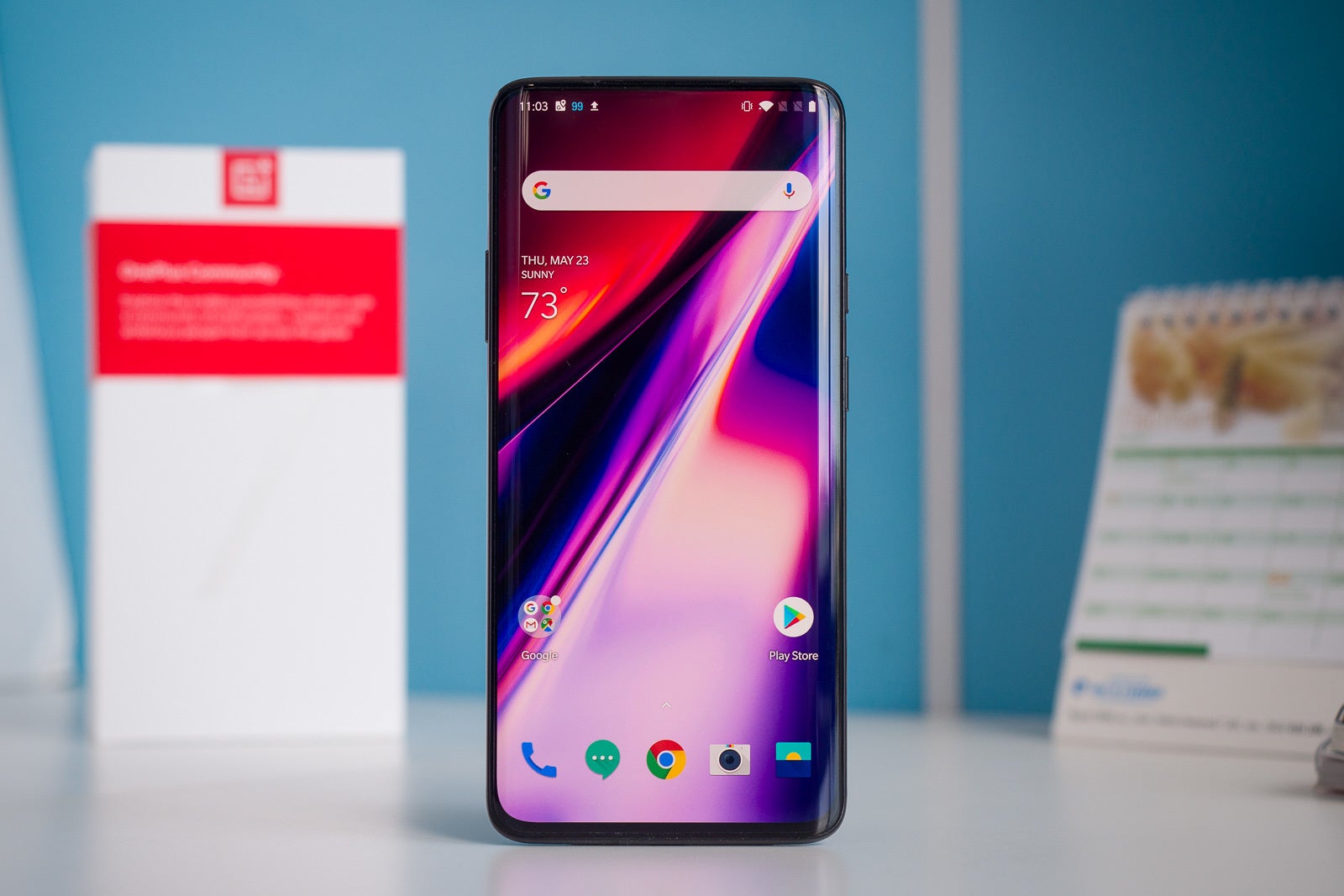
The new OnePlus 7 Pro is a gigantic phone that feels even a bit bigger than a Galaxy Note 9 or an iPhone XS Max, but... that's pretty much its only downside!
The OnePlus 7 Pro is crazy fast and smooth, it's the first mainstream phone with a 90-hertz display which means that everything appears to run buttery smoothly with no stutter or lag. In fact, it runs so well that it could well be the fastest phone we have ever used. The screen goes edge to edge too, with no notch and no other interruptions. So where is the front camera? Thanks for asking: it's hidden inside the phone and it pops out when you need it.
The 7 Pro is also the most expensive OnePlus phone ever made, but really, that is not expensive at all by modern flagship standards: at just around $700, the OnePlus 7 Pro is a much better deal than $1,000+ offerings from Apple and Samsung.
Samsung Galaxy S10e
Read our full Galaxy S10e review here
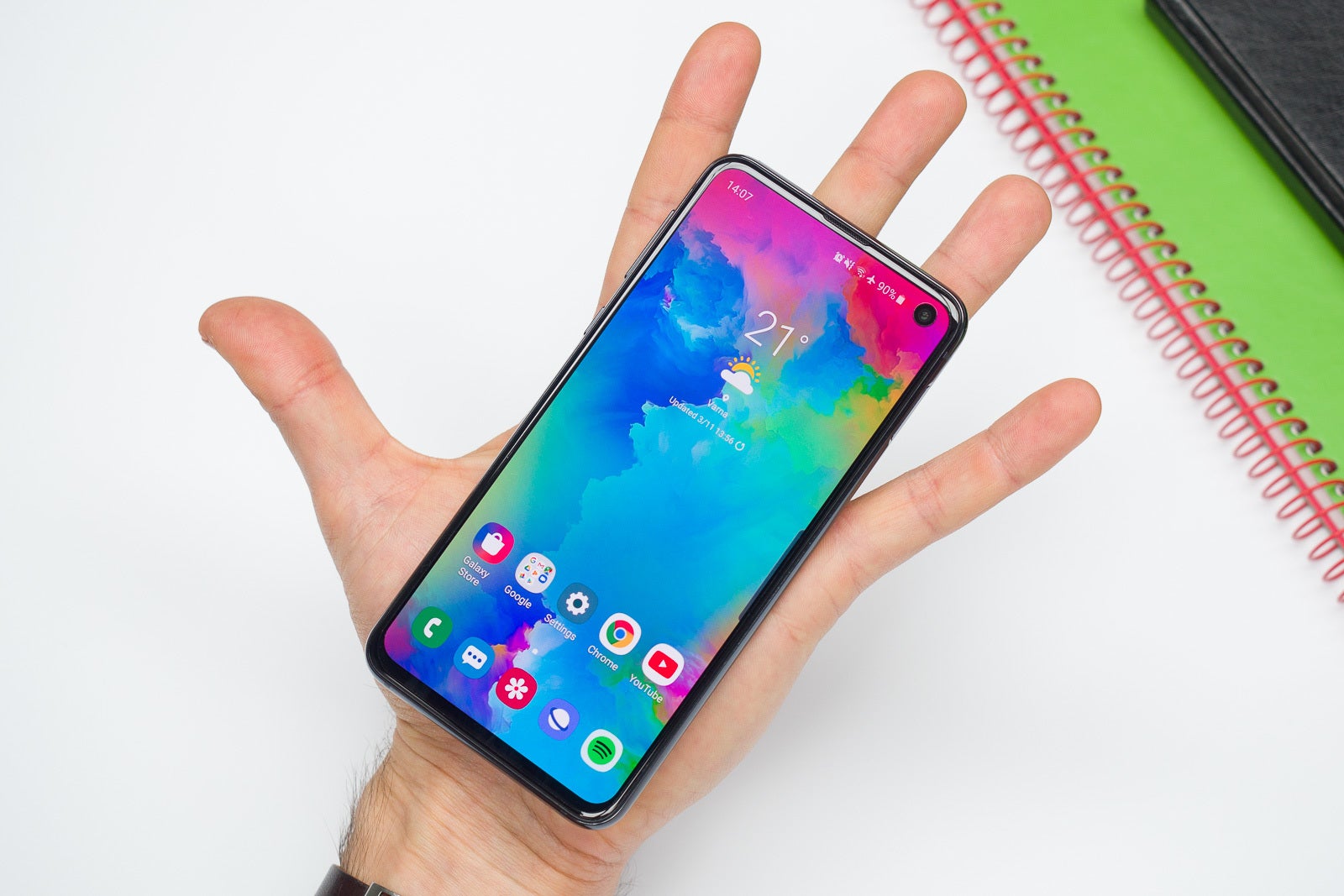
The Galaxy S10e is pretty much a dream phone for those who wished for a powerful small phone. This one is about the same size as an iPhone XS and a Google Pixel 3, easily pocketable and easy to operate with just one hand.
At this smaller size, Samsung has made some compromises: you don't have the telephoto camera that you get on the two other members of the S10 series, and the screen is smaller too. But really, this is somewhat expected and the S10e remains one of the best buys for compact phone shoppers.
Samsung Galaxy S10
Read our full Galaxy S10 review here
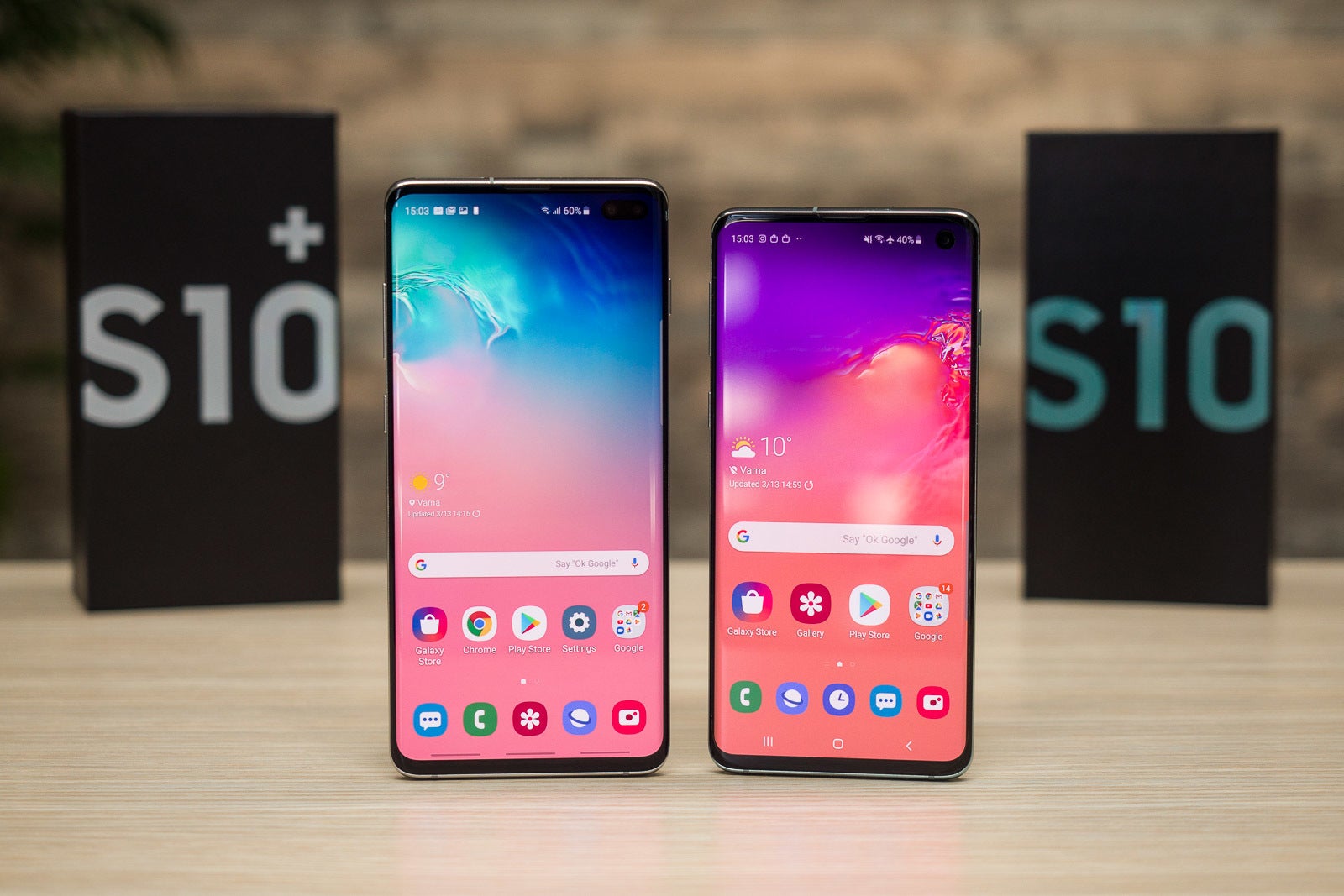
S10+ on the left, S10 on the right
The Galaxy S10 might just be the perfectly sized phone for those looking for a compact device of just the right size: neither too big, nor too small.
It brings all the power and versatility of Samsung's new triple camera system (a main one, an ultra-wide and a telephoto one), it comes with the new Samsung Experience interface that is now easier to use with a single hand and features less clutter, and it sports one of the best looking screens of any phone out there. Oh yes, and it's also one of a few flagships to offer both a 3.5mm headphone jack and a microSD card expansion.
Samsung Galaxy S10+
Read our full Galaxy S10+ review here
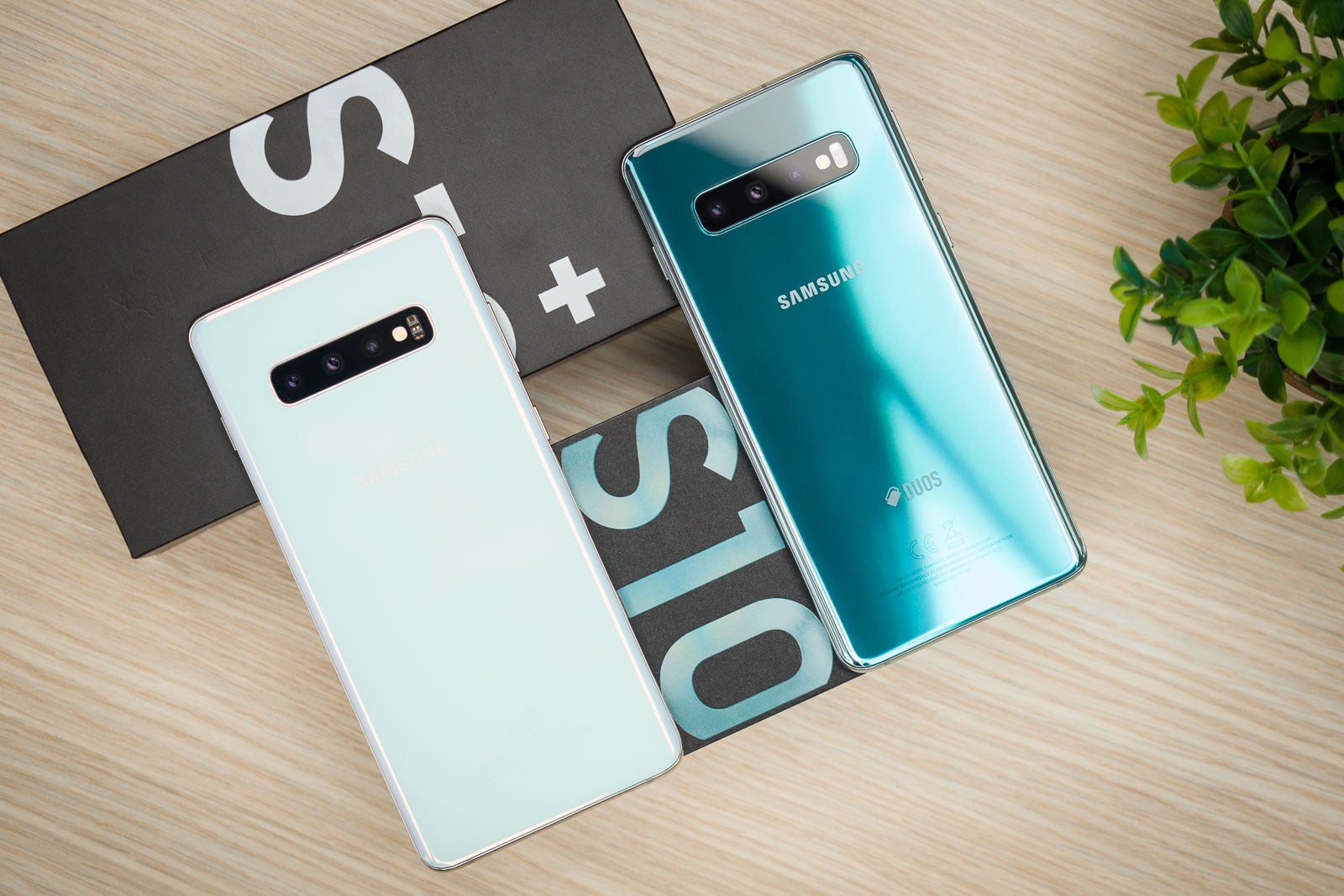
S10+ on the left, S10 on the right
The largest member of the Galaxy S10 family has all the benefits that come with a bigger screen: it's a better productivity machine and it's more enjoyable for watching videos. Samsung has also done a great job fitting this large screen in an incredibly compact body that is comfortable to hold and use.
Sony Xperia 1
Read our full Xperia 1 hands-on post here
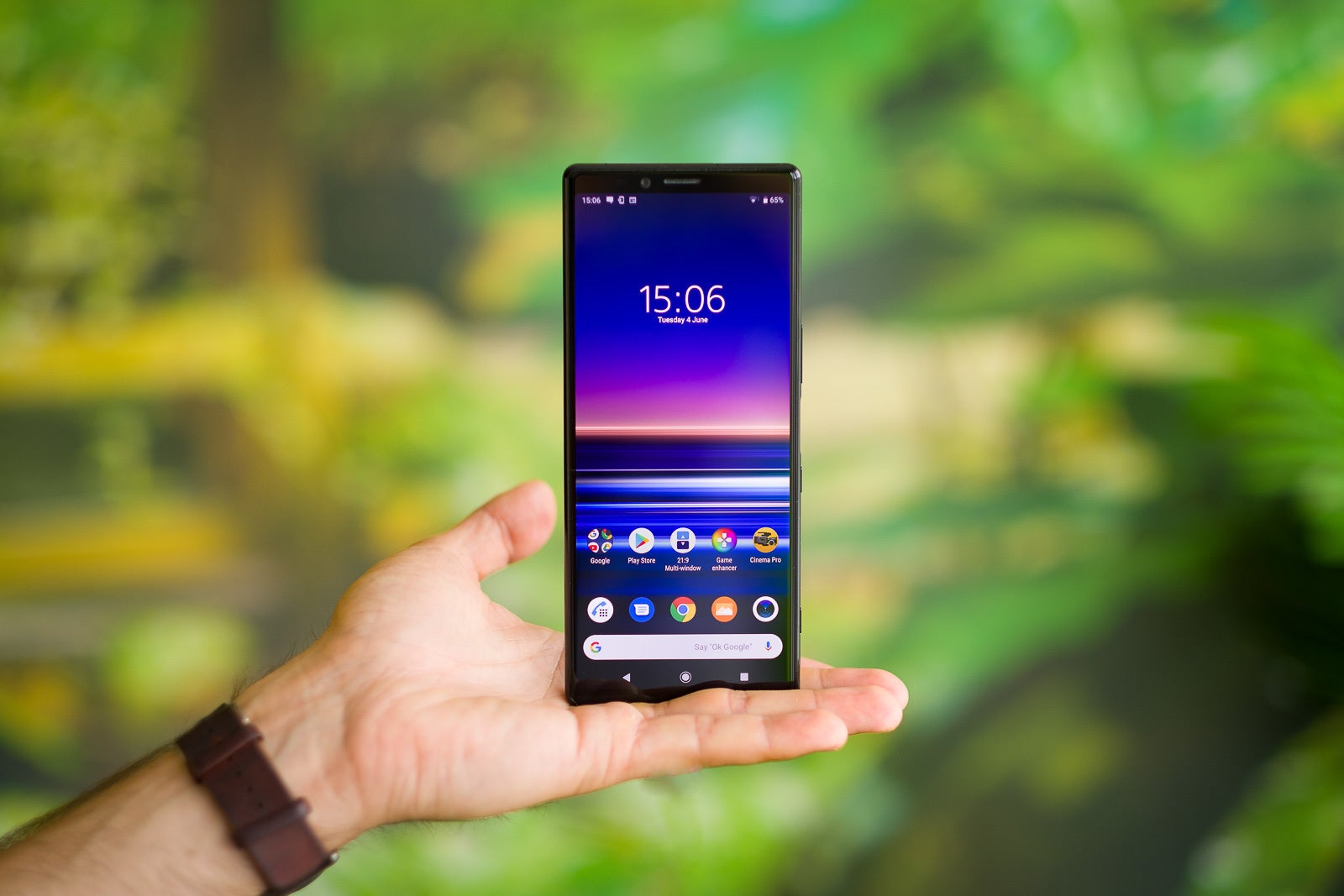
The extremely tall and narrow Xperia 1 looks different, but it is easy to get accustomed to, it captured beautiful photos, it's a joy for watching 21:9 movies and it features a powerful processor. We do find a 4K display on a phone to be an overkill, though, and considering that the software is not quite as refined and advanced as on other rivals, that nearly $1,000 price seems just a bit too high..
Xiaomi Mi 9
Read our full Xiaomi Mi 9 review here
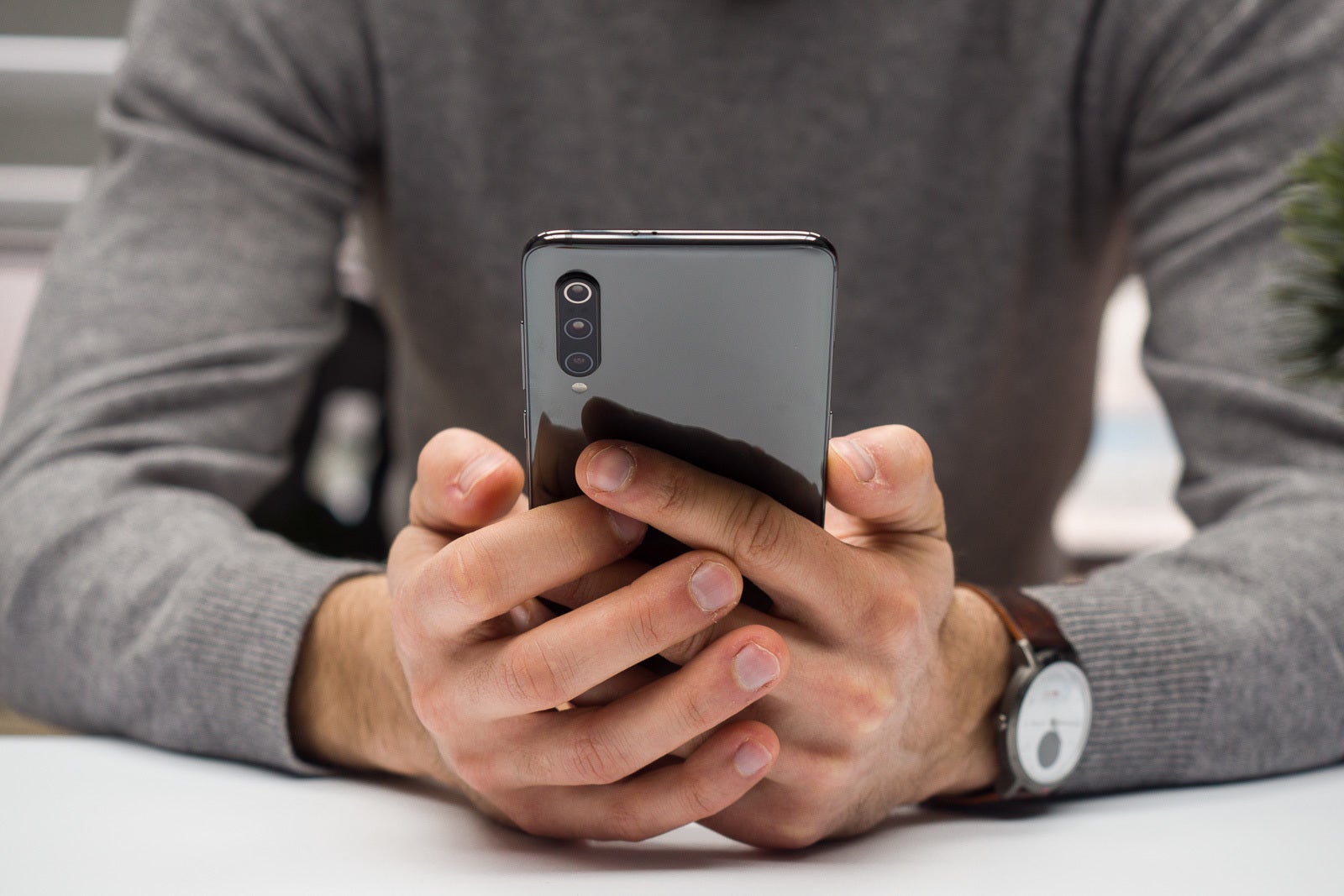
The Xiaomi Mi 9 specifications include a 6.39" display with 1080 x 2340 pixels resolution, Snapdragon 855 processor, 8 GB RAM, and 48-megapixel main rear camera. The phone is powrered by a 3300 mAh battery.
And even though the Mi 9 has some drawbacks, it costs less than $600 and the value you’re getting is immense. Still, if you’re on the lookout for a flagship phone and you value a simpler, cleaner software experience, you might want to get the OnePlus 7 Pro.
ZTE Axon 10 Pro
Read our full ZTE Axon 10 Pro hands-on post here
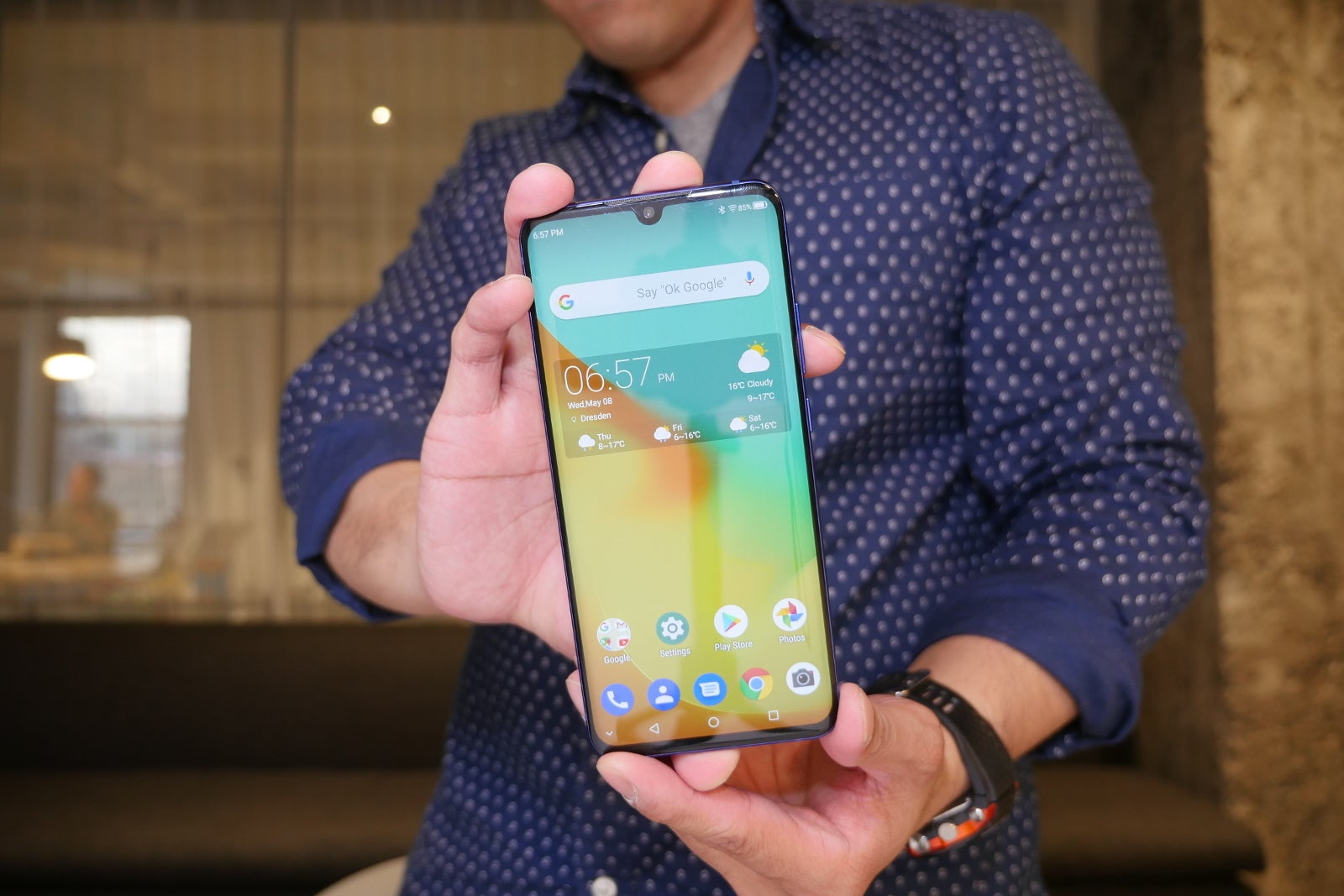
The ZTE Axon 10 Pro features a 6.5-inch AMOLED display, Snapdragon 855 processor and up to 12 GB of RAM. There is a triple-camera setup on the back ( with 48-megapixel main sensor ) and a 20-megapixel selfie shooter. The phone is IP68 certified, runs Android 9.0 Pie and is powered by 4000 mAh battery.
You could say that the ZTE Axon 10 Pro is a tease. That’s because it’s unknown at this moment whether or not it’s going to be coming to the US. Given what has transpired over the course of the year, it’ll be interesting to see how ZTE plays its cards. In the slight possibility of it happening, it’ll give OnePlus a good run for its money – even if the pricing remains unchanged from what it is right now overseas at €600.
Follow us on Google News














Things that are NOT allowed:
To help keep our community safe and free from spam, we apply temporary limits to newly created accounts: